As the automotive tools manufacturers and exporters in China, Auto Tools Depot tell you, Tempering is a heat treatment technology in metallurgy that improves the properties of metal materials.
Tempering is a heat treatment process where the workpiece is quenched and heated to a temperature below Ac1 (the starting temperature of pearlite to austenite transformation during heating), held for a certain period of time, and then cooled to room temperature.
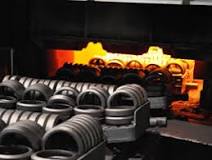
The structure obtained by high-temperature tempering is tempered sorbite. Tempering is generally not used alone. Tempering is performed after the part is quenched. The main purpose is to eliminate the quenching stress and obtain the required structure. Tempering is divided into low, medium and high temperature tempering according to the different tempering temperatures. Tempered martensite, bainite and sorbite were obtained respectively. The heat treatment combined with high-temperature tempering after quenching is called quenching and tempering, and its purpose is to obtain comprehensive mechanical properties with good strength, hardness, plasticity and toughness. Therefore, it is widely used in important structural parts of automobiles, tractors, machine tools, such as sockets, bolts, gears and shafts. The hardness after tempering is generally HB200-330.
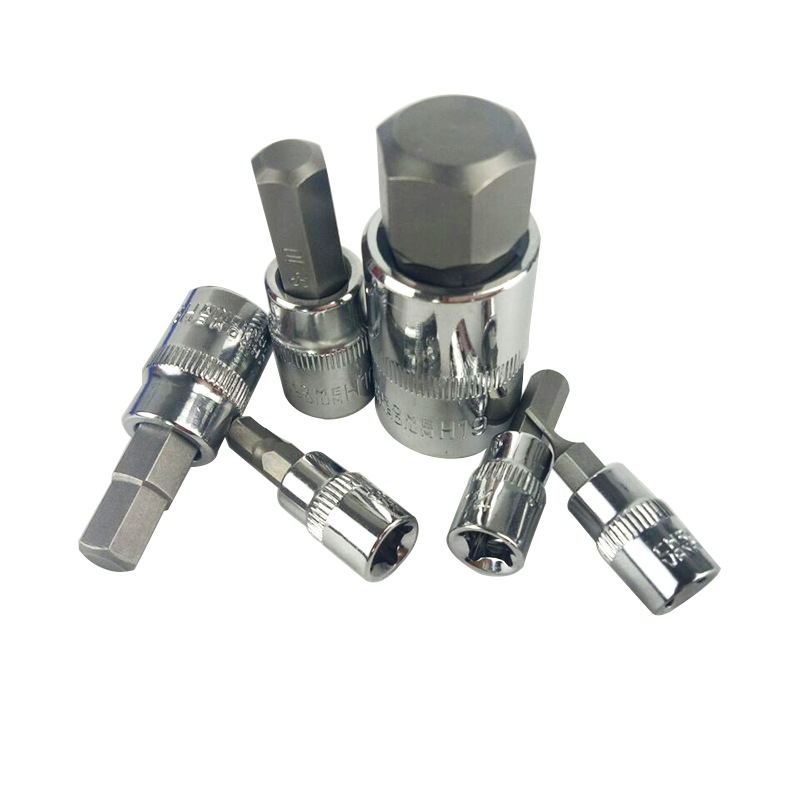
The effects of tempering are:
① Improve the stability of the organization, so that the workpiece no longer undergoes structural transformation during use, so that the geometry and performance of the workpiece remain stable.
② Eliminate internal stress in order to improve the performance of the workpiece and stabilize the workpiece geometry.
③ Adjust the mechanical properties of steel to meet the requirements of use.
Tempering has these effects because when the temperature increases, the ability of atoms to move increases, and the atoms of iron, carbon, and other alloy elements in steel can diffuse faster, and the rearrangement and combination of atoms can be achieved, which makes the unstable. The unbalanced organization gradually transformed into a stable balanced organization. The elimination of internal stress is also related to the decrease in metal strength as the temperature increases. Generally, when steel is tempered, the hardness and strength decrease, and the plasticity increases. The higher the tempering temperature, the greater the change in these mechanical properties. Some alloy steels with high alloy element content will precipitate some fine-grained metal compounds when tempered in a certain temperature range, which will increase the strength and hardness. This phenomenon is called secondary hardening.
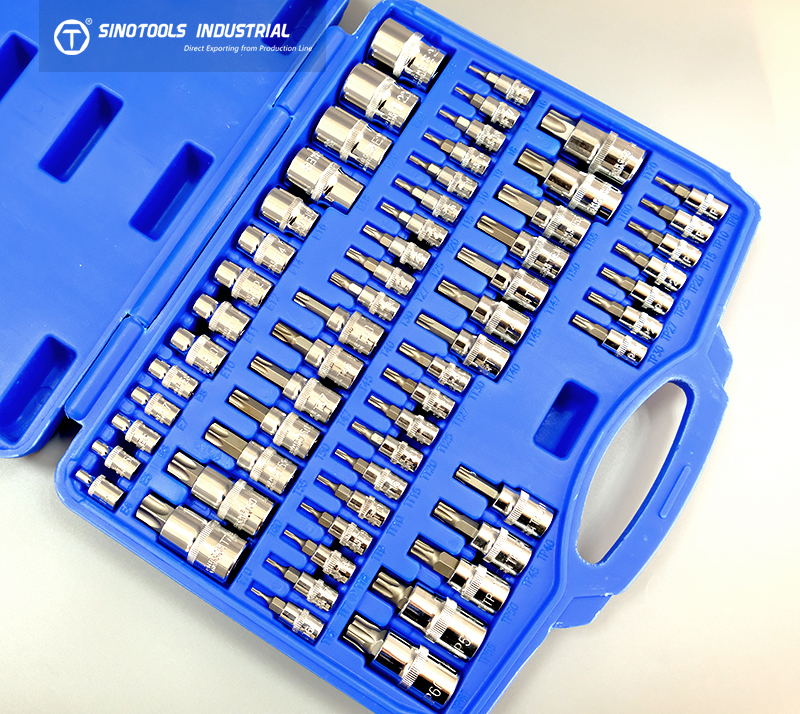
Tempering requirements: Workpieces with different uses should be tempered at different temperatures to meet the requirements in use.
① Cutting tools, Pliers, carburized hardened parts, and surface hardened parts are usually tempered at a low temperature below 250 ° C. After low temperature tempering, the hardness changes little, the internal stress decreases, and the toughness slightly improves.
② Tempering the spring at 350 ~ 500 ℃, can obtain higher elasticity and necessary toughness.
③ Parts made of medium carbon structural steel are usually tempered at a high temperature of 500 to 600 ° C to obtain a good combination of appropriate strength and toughness
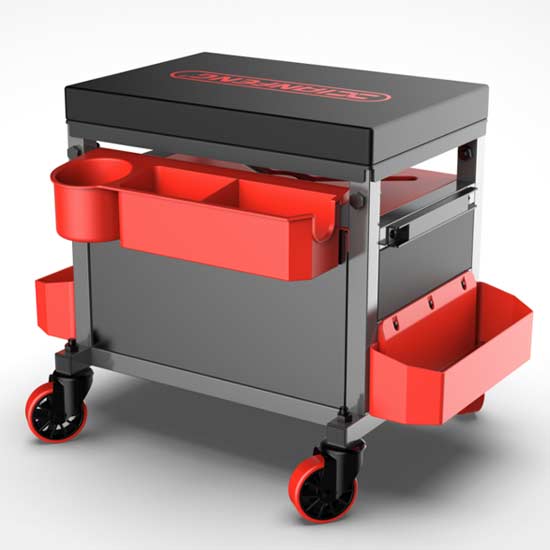 Tool seat
Tool seat
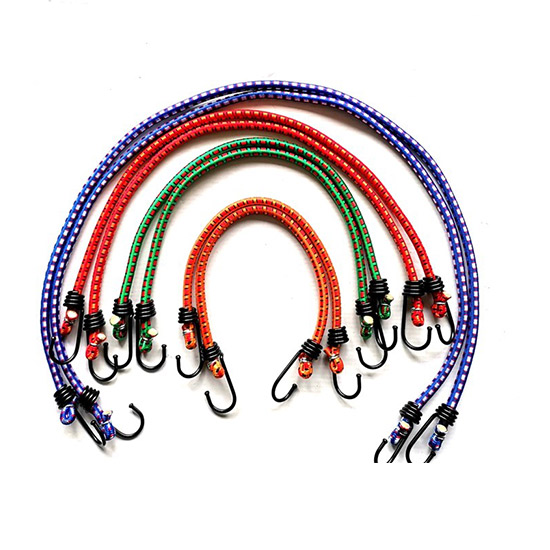 Stretch Cord
Stretch Cord
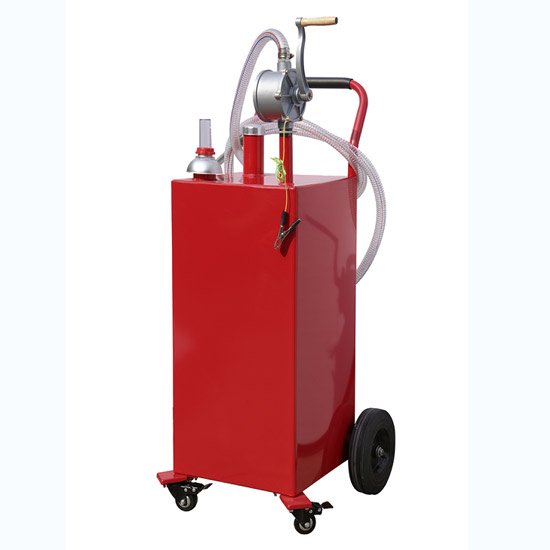 Oil Pump
Oil Pump
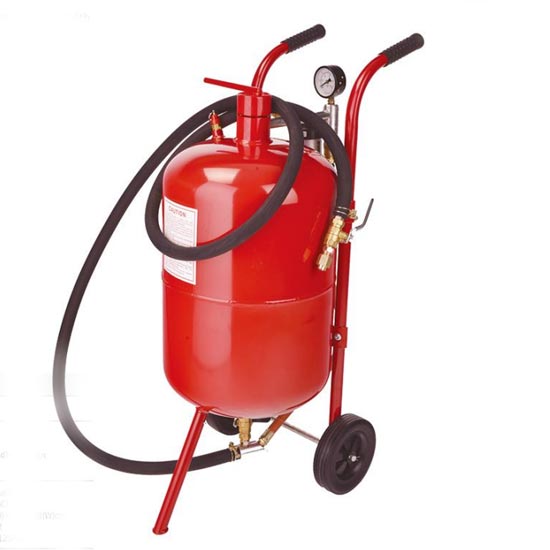 Sandblast Pot
Sandblast Pot
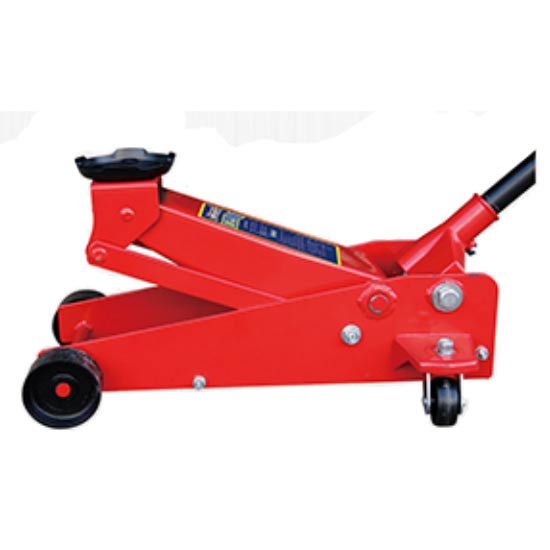 2.25 Ton Hydraulic Floor Jack
2.25 Ton Hydraulic Floor Jack
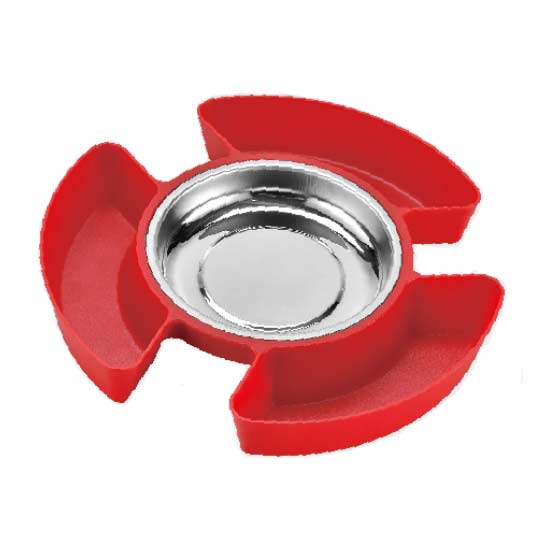 Magnetic Tray With Tool Plate
Magnetic Tray With Tool Plate
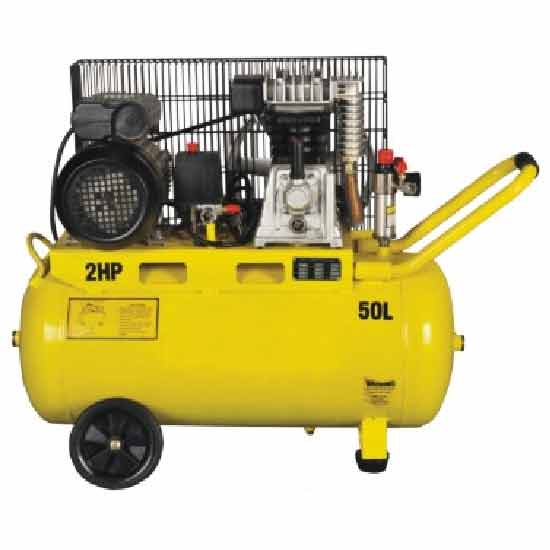 Single-stage Air-cool Movable Air Compressor
Single-stage Air-cool Movable Air Compressor
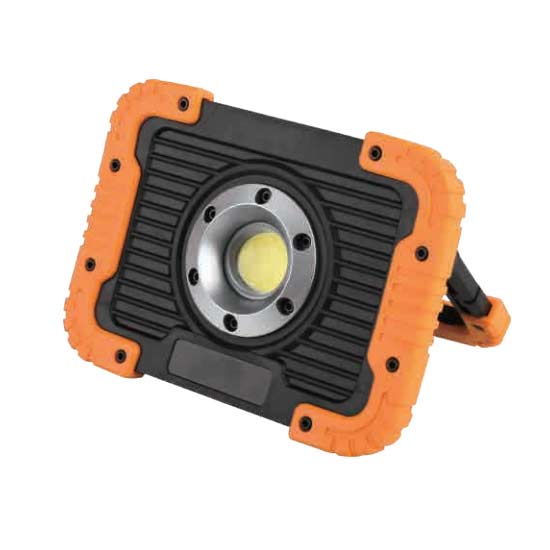 10W Rechargeable Led Flood Light
10W Rechargeable Led Flood Light
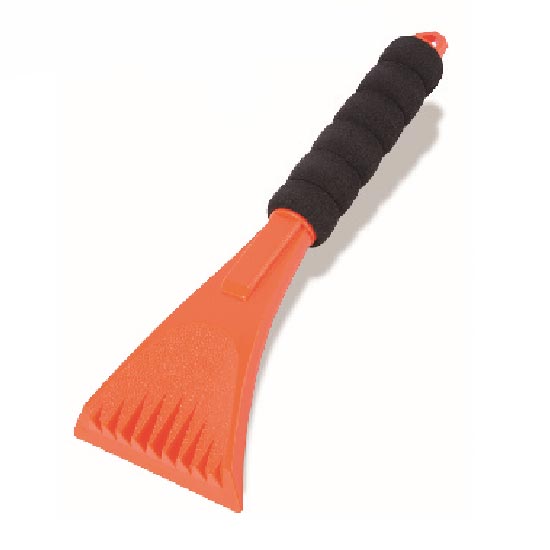 Ice Scraper
Ice Scraper
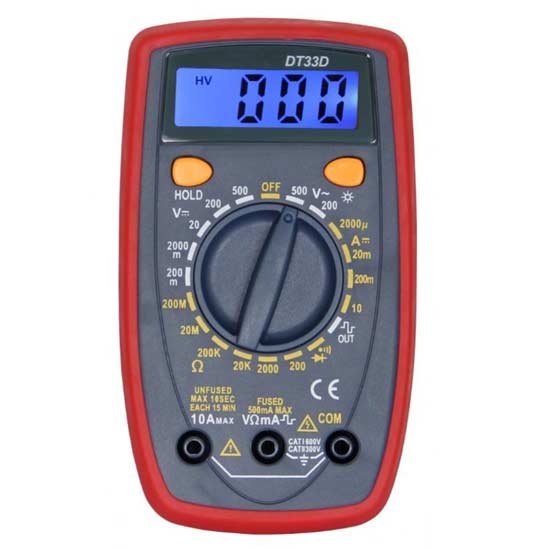 Small Multimeter with Backlight
Small Multimeter with Backlight
 Jump Starter With 4 Led Lights
Jump Starter With 4 Led Lights
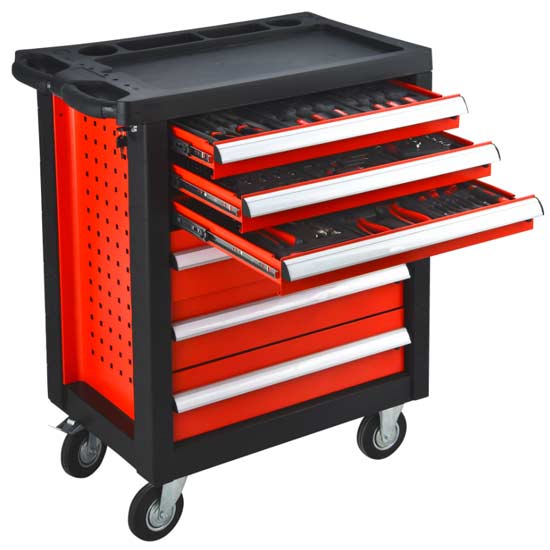 Steel Tool Cabinet
Steel Tool Cabinet
 Large Tool Cabinet
Large Tool Cabinet
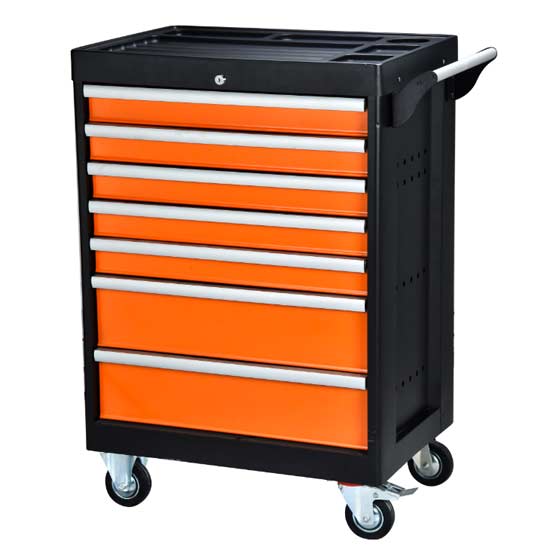 Tool Storage Cabinet
Tool Storage Cabinet
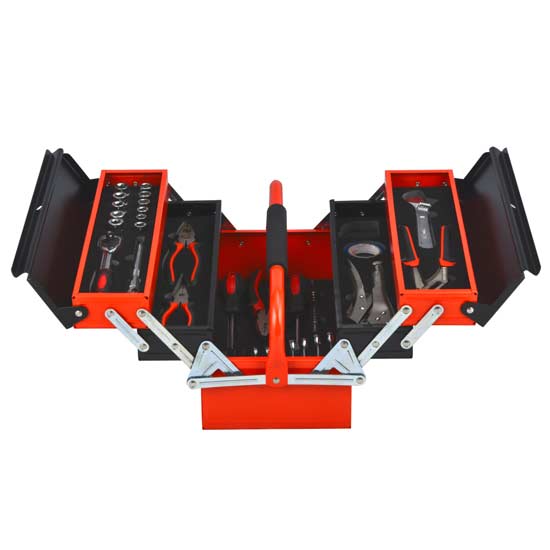 Metal Tool Box
Metal Tool Box
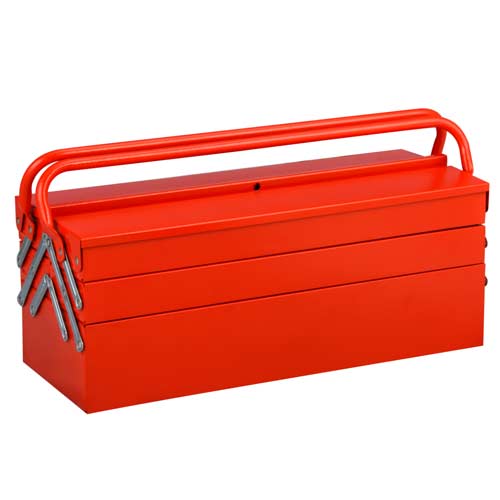 Large Metal Tool Storage Box
Large Metal Tool Storage Box
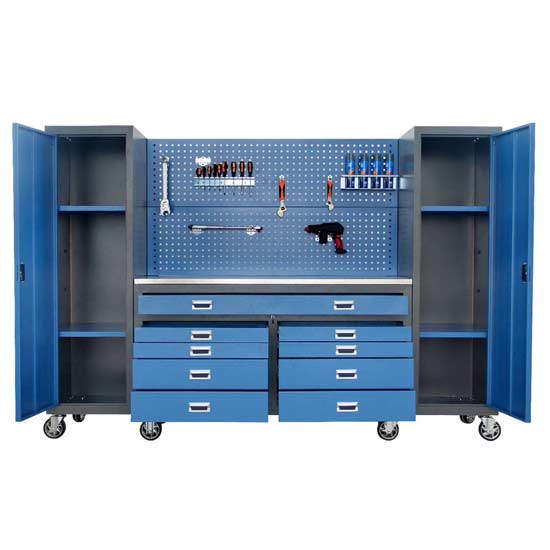 Blue Metal Tool Cabinet
Blue Metal Tool Cabinet
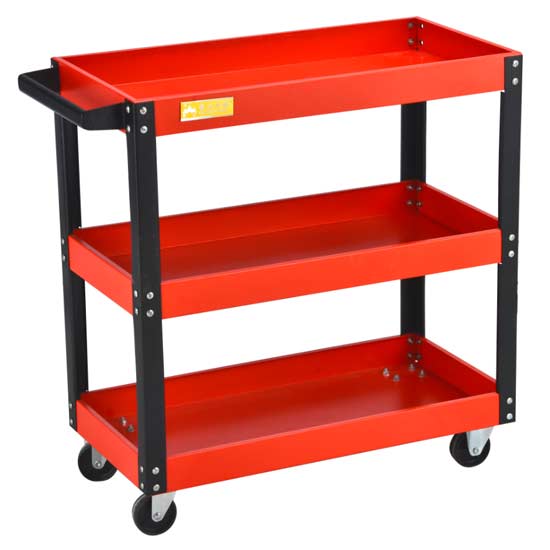 Red Steel Tool Trolley
Red Steel Tool Trolley
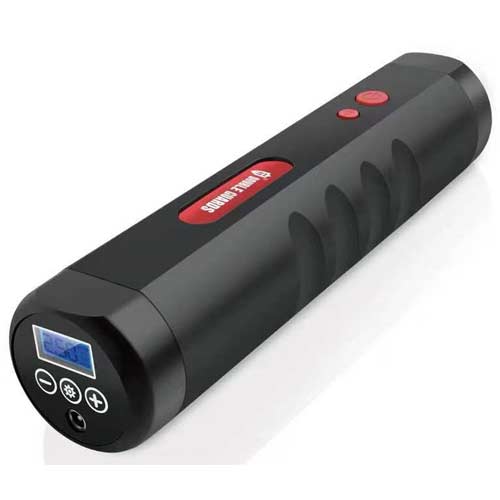 Portable Tire Inflator
Portable Tire Inflator
 Custom Tire Inflator
Custom Tire Inflator
 Tire Pressure Pump
Tire Pressure Pump
 Auto Emergency kit
Auto Emergency kit